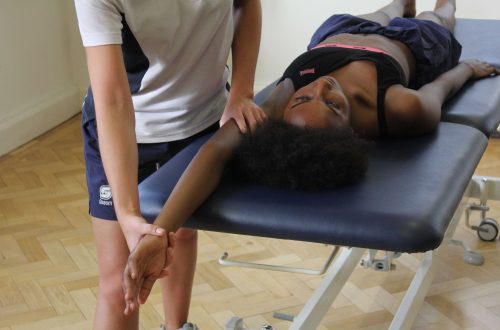
Jump like an Olympic Star!
What is the main secret of the Olympic Champion? Probably everyone has their own. In the new article, the world’s best competitive athletes will share their main secrets of success.
Peder Fredrikson / Photo: Jessica Rodrigues
Walking route view is important
Swedish athlete Peter Fredrickson, one of the most meticulous riders in equestrianism, says looking at the route on foot is the key to success.
If you’re the kind of person who learns the route from the stands, you might want to consider.
Peder takes this so seriously that before walking a route, he studies the route map and takes notes. After that, while watching, carefully analyzes all the distances.
A firm landing is the basis of the basics
Of course, in show jumping there is no separate score for landing, as in dressage. But if you ask the American four-time Olympic medalist McLain Ward, he will tell you exactly how important it is. McLain has a very neat and beautiful landing, even when he is almost two meters above the ground.
During various seminars, lectures and workshops, McLain emphasizes the importance of the “base”: an independent position with a “hard” leg and “light” hands. If you master this part, then it will serve as a good foundation for you in both dressage and show jumping.
McLain recommends working a lot without stirrups to strengthen your leg, as well as paying due attention to balance and control of your body. And one more often forgotten moment – look ahead!
Don’t go overboard with show jumping
Olympic Champion in Tokyo 2020, representative of Great Britain Ben Meyer, says that he does not devote much time to jumping training. The athlete is more focused on getting the basic work right so that the horses are supple and docile.
Thanks to this, horses do not get tired of jumping. They have motivation and interest.
Ben Mayer / Photo: Jon Stroud Media
Emotional intelligence
When Peter Fredrickson entered the battlefield for the Swedish team to fight the USA for team Olympic gold, the athlete retained his composure and was cold as ice.
“Mental strength and emotional preparation are also key elements of success”Peder says.
Oxers vs verticals
“You don’t need to push the horse with the leg on the last three paces before the jump”, – is talking Ben Meyer.
Jumping is a good rhythm, the athlete claims. However, there are some features of overcoming various obstacles.
It is important for the vertical to be able to get closer so that the horse can jump up.
There must be enough momentum and energy for the oxer to allow the horse to stretch in the jump. She should also be allowed to use her neck and body freely.
Land, land and land again
Nearly everyone at the Tokyo 2020 Olympics has mentioned at various times that poles are the best way to work distance, straightness, obedience and flexibility with little or no strain on the horse. You also don’t have the risk of “something going wrong”, which is not the case with jumping high hurdles.
Dutch athlete Michael van der Vluten likes to lay out the poles and work on changing the rhythm of the canter and walk.
You can do a very simple exercise using just two poles: put them 5-6 meters apart, and work out the so-called “rubber band” (reduce-extend).
Maikel van der Vluten / Photo: Hippo Foto
Outer rein is the holy grail
Olympic Champion in Tokyo 2020 in the team event Malin Baryard-Jonsson claims that the outside rein is the most important riding tool.
Without external control, everything goes “wrong”. The outside rein helps to better control the horse, keep it straight, land on the right track and win routes.
Remember to always praise the horse with your inside hand so you don’t lose contact.
Your horse’s welfare is paramount
Belgian Gregory Vaselet believes that if the horse is happy, he will give more of his energy in training and performance. Gregory is not one of those athletes who tries to “fight” with his horses. The rider has a rather soft work.
“I like it when everything is simple”, says Gregory.
Source





